The 10 Biggest CPU/GPU Stories Of 2013
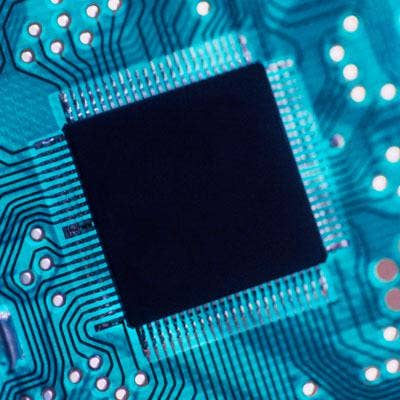
Chips Get Faster, Smaller And Learn To Sip (Not Guzzle) Power
In 2013, chip companies focused on power efficiency, low temperatures and the ongoing nanometer-race towards tiny. With the PC market on the skids, companies such as AMD and Intel set their sights on new markets. Qualcomm found enormous success this past year selling system-on-a-chip processors that went on to power some of the best smartphones of the year. Graphics and graphic chip makers such as NVidia made their mark on the processor landscape delivering stunning graphics in increasingly smaller quad-core packages.
The Internet of Things also spurred development in chip technology among companies such as Broadcom, Intel, Samsung and Google. The year proved a challenge for other chip makers trying to break into the microserver market with Calxeda shutting its doors in December.
Here is a look at 2013's year in microprocessors.
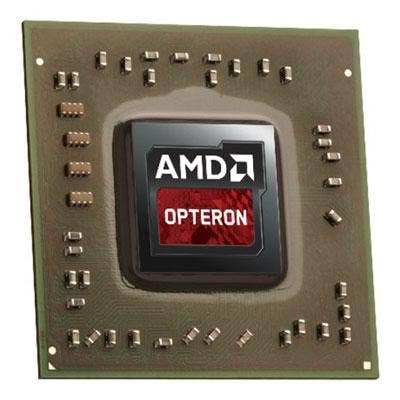
10. AMD Pushes Into Consoles/Graphics Cards
Despite a weakening PC market, AMD had a solid year as it sped down its transformative path as a provider of chips for PCs to one that provides x86 CPU and graphics cores for Microsoft's Xbox One and Sony’s PlayStation 4 gaming consoles. Wall Street investors rallied behind AMD, allowing it to easily beat competitors Intel and Nvidia in terms of return on investment in the market. AMD shares were up more than 50 since January. The outlook for AMD, according to the experts, is still cloudy. But it's hard to deny that AMD had a solid 2013.
AMD made headlines for its Opteron X2150 X Series APU, which was the chip maker's first foray into the low-powered server processor market. Then there was AMD's solid Radeon HD 7990 graphics card that packs a 950MHz engine with up to a 1GHz speed in AMD's "Boost" mode, plus 6 GB of GDDR5 memory, 8.2 TFLOPS of single precision compute power and more than 8.6 billion transistors. The Radeon HD 7990 can support six displays.
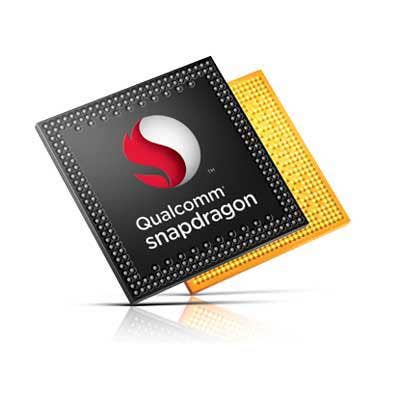
9. Qualcomm Snapdragon 805 Delivers 4K Video On Tablet
Qualcomm had a very good year, in which it dominated the multiband, multimode 4G LTE chipset market. Its Snapdragon 800 application and graphics processing SoCs, announced in January, went on to power a number of the best smartphones of 2013 such as the Samsung Galaxy S4.
In November, Qualcomm announced an updated Snapdragon 805 quad-core 2.5MHz chip that the chip maker said could someday deliver 4K video on smartphones and tablets in addition to supporting the latest 802.11ac wireless standard.

8. Intel Opens Up Internet Of Things Division
As computer chips now burrow deeper into everyday objects such as smart watches, TVs, appliances and automobiles, chip makers and designers such as ARM, Broadcom, Intel, Qualcomm, Samsung and Google raced in 2013 to develop platforms for the Internet of Things (IoT).
In August, ARM acquired Sensinode, which specialized in making processors for a variety of low-power and inexpensive devices including sensors that communicate with the Internet. AMD announced a low-power G series SoCs intended for use in industrial applications that use as little as 4.5 watts of power. In September, Intel announced its Quark X1000 family of SoCs, designed to be one-fifth the size and consume one-tenth the power of Intel's existing low-end Atom (Silvermont) CPU cores. In December, Intel upped the IoT ante and announced the creation of a division called IoT Solutions Group.
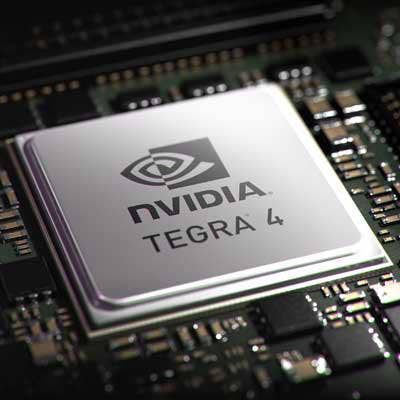
7. Nvidia Claims Its GPU Is World's Fastest
Nvidia's release of the Tegra 4 SoC, a quad-core chip with a significant graphics boost, shipped with nearly the same CPU performance as its predecessor Tegra 3, but it delivered a whopping 72-dedicated graphics cores, compared to the 12 from Tegra 3. Tegra 4 was a success for Nvidia in 2013, finding it's way into over a dozen tablets including Microsoft's Surface 2 along with slates made by HP, AsusTek, Toshiba and Nvidia's own Tegra Note tablet.
Nvidia struggled to crack the smartphone market, but with the release this past year of the Tegra 4i, its first fully integrated 4G LTE mobile processor, it could make some headway in early 2014, when the chips are slated to ship.
Along with a flurry of desktop GTX cards from Nvidia this year, Nvidia announced an all-Kepler GeForce GTX 700M series aimed at notebooks ahead of Intel's Haswell chip release. Nvidia claimed its GeForce GTX 700M series chip architecture is the "world's fastest notebook GPU," singling out and surpassing AMD's Radeon HD 8970M.
{C}

6. Chips Were Down For Some In 2013
In October, communications chipmaker Broadcom cut 1,150 jobs, or one-tenth of its workforce, as part of what it called a global restructuring. A good chunk of those affected were employees that Broadcom acquired through its acquisition of Renesas Electronics earlier that month. Intel laid off 700 employees when it shut down its chip-making FAB in Massachusetts, and it laid off an additional 400 employees at a New Mexico plant in November. Intel employs about 104,000 globally and Broadcom employs about 11,750.
In December, Texas-based microserver chip maker Calxeda announced it was shutting down, laying off the majority of its 130-employee workforce. The company that raised $90 million in venture funding and whose chips were slated to be used in an upcoming server module for Hewlett-Packard's Moonshot server line said the abrupt closure was a result of a financing deal that fell through.
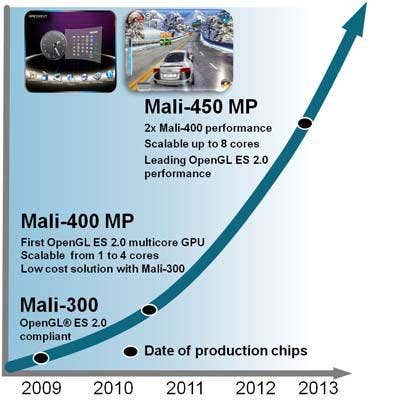
5. ARM Holdings Announces 16-Core 'Mali' Design
Chip designer ARM Holdings easily held onto its domination of the smartphone and tablet market with its IP technology in everything from Apple’s iPhone and Amazon’s Kindle tablet to Samsung Chromebooks. In October, ARM set the table for success in 2014, releasing designs for two new Mali GPU cores, designed to bring next-generation tablets and smartphones higher-end capabilities such as video editing and gesture control. One Mali design, called the Mali-T760, boasts 16-cores and energy efficiency in the way it handles bandwidth, helping it to deliver better graphics without reducing battery life.
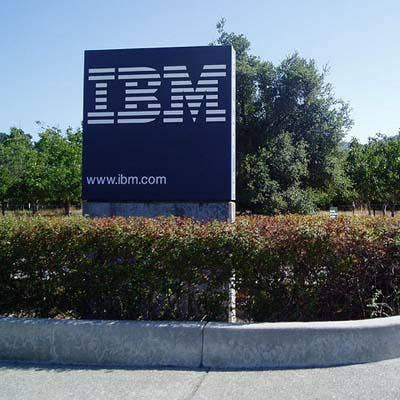
4. IBM Opens Up OpenPower
In August, IBM said it would license designs of the Power microprocessor architecture to server and component makers including Nvidia and Google in an effort to expand the use of its Power platform. IBM formed what it called the OpenPower Consortium, in which members will be able to make hardware that can be integrated with chips such as its 12-core Power8 chip design. It was a move by IBM to help reverse declines in its hardware business.
After opening up its Power platform, IBM acquired ARM license rights of its own to develop custom networking system.

3. Next-Gen Chip Technology
Chipmakers cooked up powerful new processors in 2013 that will significantly boost performance in upcoming servers and handhelds in 2014. With Apple getting a jump on the 64-bit ARM mobile processor bandwagon this fall with its own A7 SoC, competitors nipped at the iPhone maker’s heels in 2013. Qualcomm announced its Snapdragon 410 -- a mid-range 64-bit chip sporting four ARM Cortex A53 cores. Samsung has said its Exynos mobile CPUs will be 64-bit and ready in 2014. And not to be outdone, Intel showed off a tablet running on a 64-bit version of the Android OS with an x86-based Bay Trail Atom CPU. In November, Nvidia said it wanted to help build the world's fastest computers with its latest Tesla K40 graphics chip. The Tesla K40 graphics processor delivers 1.43 teraflops of performance and is its fastest supercomputing co-processor to date. Starting later this year, IBM says it will start using Nvidia's Tesla chips in servers with its upcoming 12-core Power8 chips, which have been used in the Watson supercomputers. IBM claims the Power8 chip is up to three times faster than the Power7 -- Watson’s old CPU.
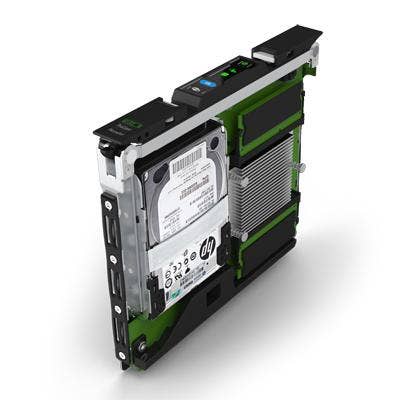
2. The Ups And Downs Of Microservers In 2013
One of the biggest CPU wars to break out among chip makers was the race to provide low-powered chips to a nascent microserver market. AMD introduced two low-power quad-core Opteron server chips called X2150 and X1150, targeted at microservers. In October, Dell demonstrated a 64-bit ARM server based on a CPU from AppliedMicro. Hewlett-Packard stepped up its microserver game with a Moonshot cartridge based on Intel's 64-bit "Avoton" Atom processor.
The microserver battle also left some casualties. HP had to scrap its plans to offer a new 32-bit ARM processor from Calxeda, the EnergyCore ECX-2000, for its Moonshot server system when Calxeda abruptly shuttered in December after it ran out of funding.
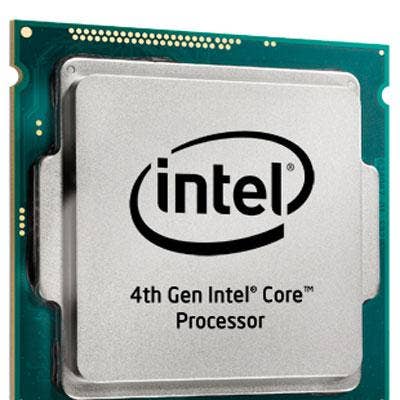
1. Intel's Haswell x86 Microprocessors
Intel's Haswell fourth-generation processor with integrated "Iris" graphics delivered an extremely power-efficient CPU. The family of chips delivered eight threads running at 3.5GHz with the ability to scale to 3.9GHz. While the performance boost is impressive, the real breakthrough for Intel with its Haswell processor had less to do with huge performance gains and more to do with extending the battery life of a notebook to (in some cases) 10 hours.
Intel also upped its mobile game last year, announcing it would release new Atom chips, codenamed "Bay Trail," for tablets and hybrid notebooks in 2014 as it chases its stated goal of boosting mobile chip graphics performance by 15 times and processor performance by five times by 2016.